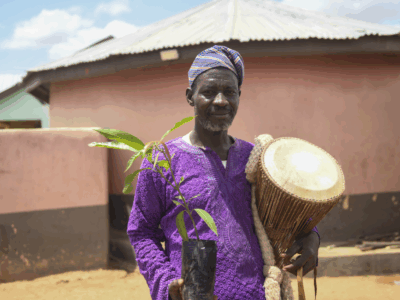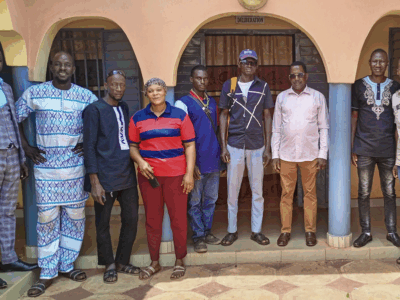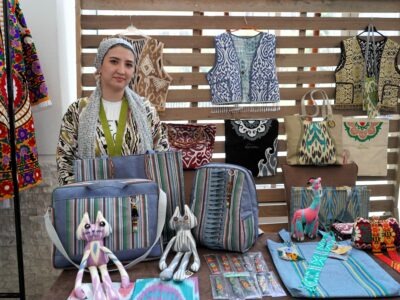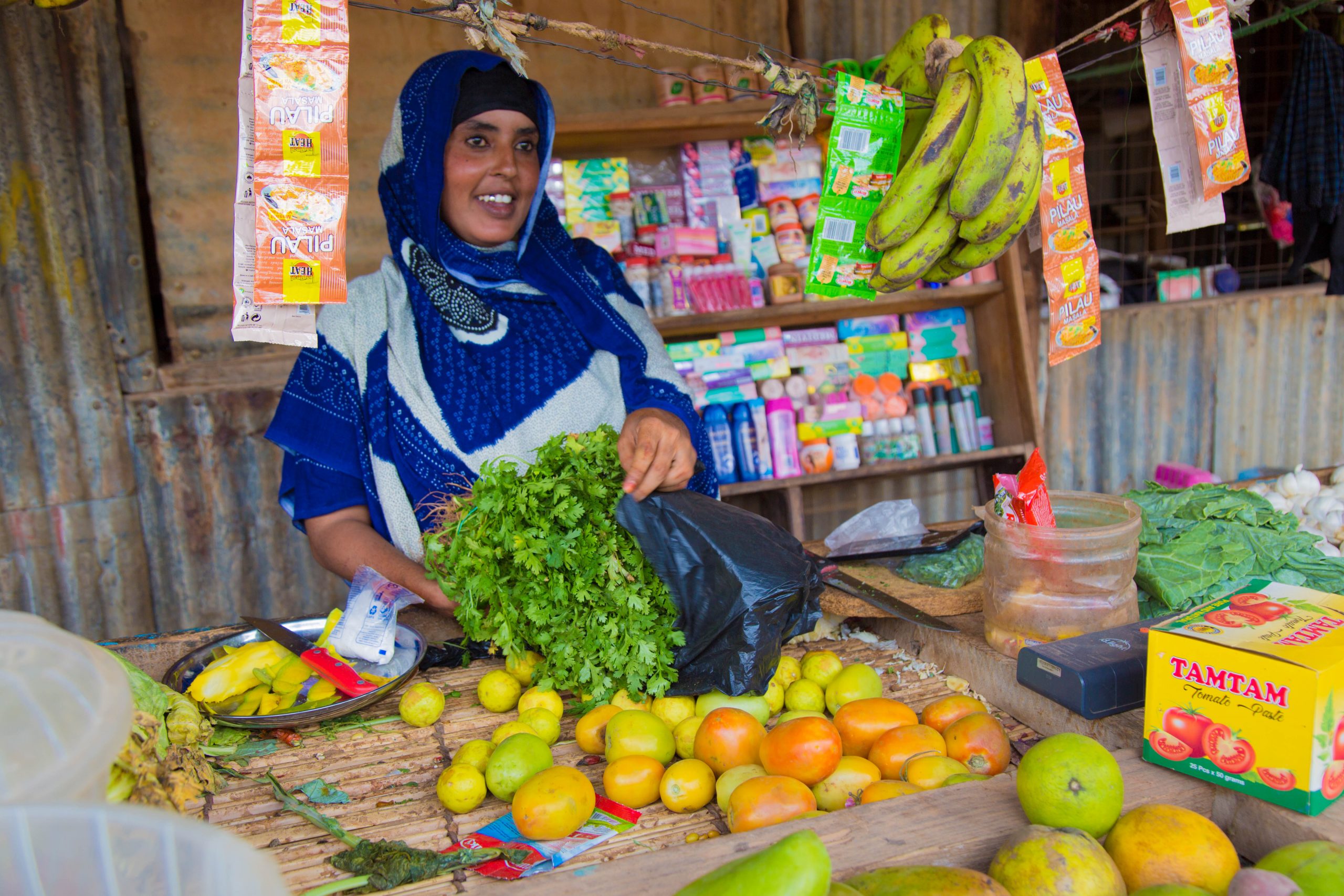
Talaso Bonaya lives in Toricha village in the North Horr sub-county of Northern Kenya’s Marsabit County. Growing up in a community where child marriage was rampant, she was married at the age of 12. Like other young women with families, Talaso was overwhelmed by the huge responsibility of meeting the nutritional needs of her family, as her community largely relies on livestock products and cereals.
A Safe Space for Young Women to Build Life Skills
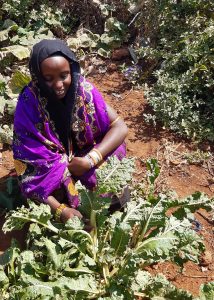
The USAID-funded Feed the Future Kenya Livestock Market Systems Activity, through Mercy Corps, introduced Talaso to the Girls Improving Resilience through Livelihoods (GIRL) model. GIRL focuses on improving adolescent girls’ safe space to acquire skills in education and business. The group consists of up to 25 young women between the ages of 15 and 19, many of whom are young mothers with many responsibilities. Each participant completes nine months of life skills training that emphasizes decision making and critical thinking.
During that time, the young women are encouraged to save money to invest in viable business ventures, including small-scale farming, and to take out loans to meet their needs. Talaso chose to venture into subsistence farming, focusing on vegetables, such as kale and spinach. As a result, she not only met the nutritional needs of her family but also generated income to supplement her family’s financial needs.
Investing in New Futures
Talaso is part of a larger group that contributes to the nutrition levels of her community and future generations. Elsewhere in Northern Kenya, the GarGar GIRL group in Wajir County’s Hadado Ward invested their savings in subsistence farming. The Mashallah GIRL group in Bute Ward invested in commercial small-scale farming of vegetables, maize, and fruits. In Isiolo County, the Shiners’ GIRL group and Atir GIRL group equally invested savings in small-scale farming.
“I have not gone to school and never had any training before [the Activity] came in. I appreciate the team for the skills and seedings received to start my own small kale garden; I prepare kale as part of my family’s evening meal and also sell to other households.”
—Talaso Bonaya, project participant
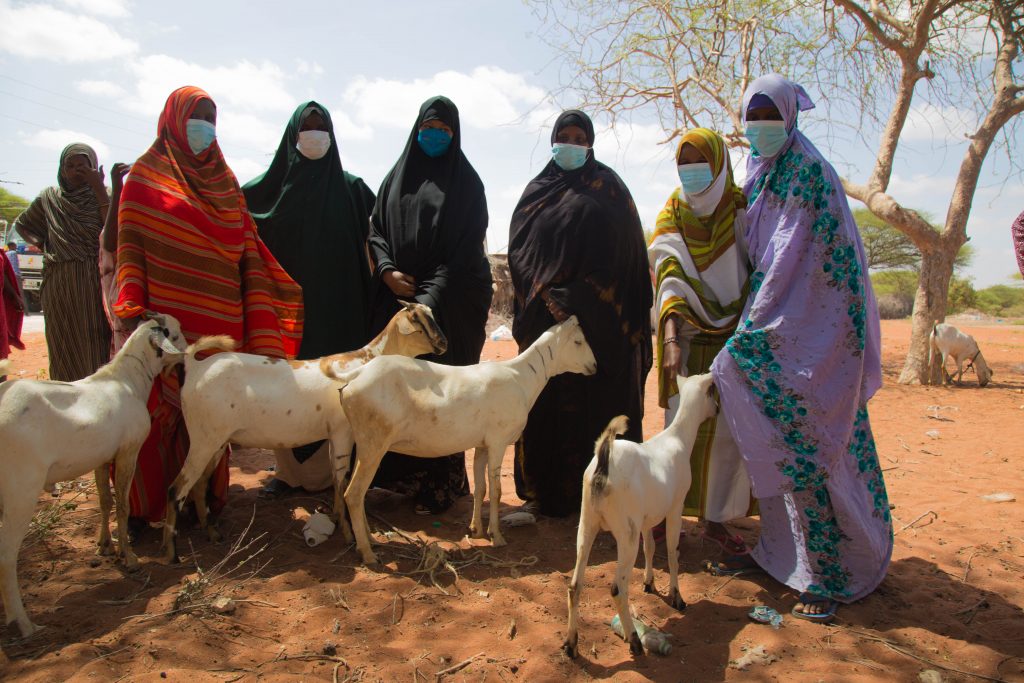
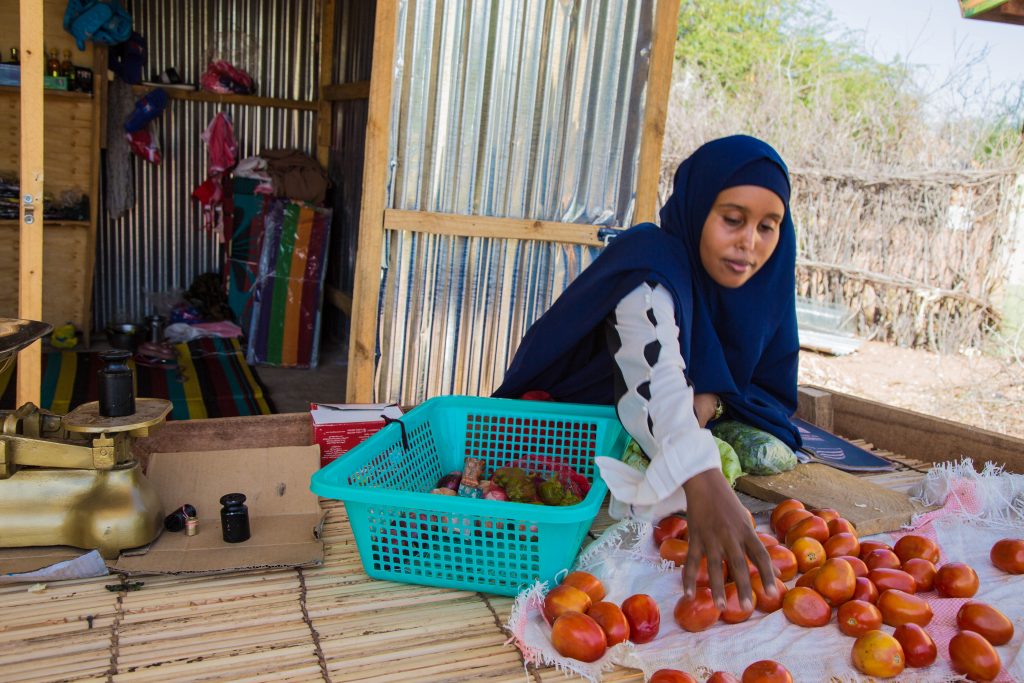
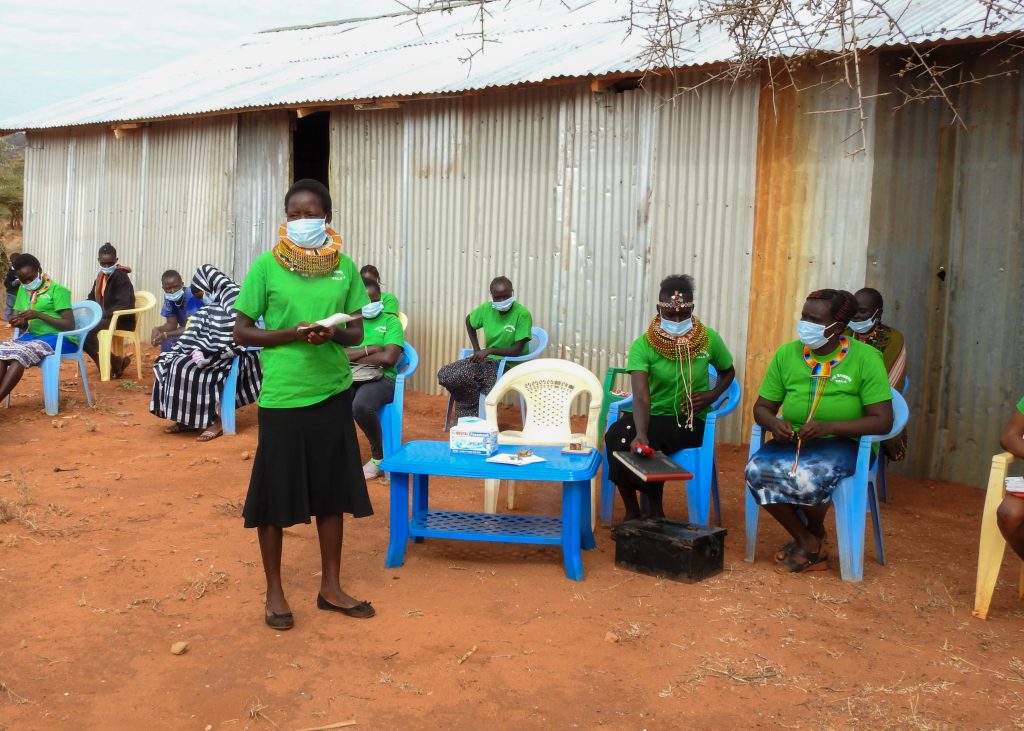
Talaso Bonaya tends to her small-scale vegetable farm in Northern Kenya’s Toricha village. She says “I had zero income before joining the GIRL group, but I can earn a dollar from selling kale on a good day or half a dollar on a bad day.”
A Drive Toward Nutrition Resilience
Food insecurity is a growing threat across the globe. A recent report by the Food and Agriculture Organization of the United Nations estimated that, in 2020, between 720 and 811 million people in the world faced hunger. The report further highlighted that about one in five people faced hunger in Africa in 2020 — more than double the proportion of any other region, due in part to the economic effects of the COVID-19 pandemic.
FAO reported that, to the extent possible, conflict-affected areas need to maintain conflict-sensitive food systems, while receiving immediate humanitarian assistance to sustain peace and protect lives, livelihoods, and long-term development. Northern Kenya is primarily arid and semi-arid lands. Frequent drought and conflict have negatively affected farming activities in the region for years, causing poor nutrition levels.
To sustainably curb these harsh effects, the Activity, through its Ward Development Plan model, is pushing for the integration of a climate-smart irrigation system in the region. The Activity is working in five counties in Northern Kenya to strengthen community capacity in climate change action and small-scale farming. To advance this, the Activity is working with Ward Planning Committees, formed under the Ward Development Plan model, to ensure that this system is effectively understood and sustainably operated by communities.
Learn more about the Feed the Future Kenya Livestock Market Systems Activity.
Learn more about our work in Kenya.
About the Feed the Future Kenya Livestock Market Systems Activity
This is a USAID-funded program through the U.S. government’s Feed the Future Initiative that addresses global hunger, food security, and agricultural livelihoods. The objective is to create resilient, competitive, and inclusive livestock systems to reduce the prevalence and depth of poverty, household hunger, and chronic undernutrition in Northern Kenya. The program builds on other USAID investments and deepens USAID’s commitment to Kenya’s Ending Drought Emergencies Framework, with a particular focus on strengthening diverse, viable economic opportunities, human capital, the natural resource base, and institutions that will drive economic development in Kenya’s arid lands, while supporting drought risk and knowledge management. The Activity works in the five counties of Garissa, Wajir, Isiolo, Marsabit, and Turkana.

